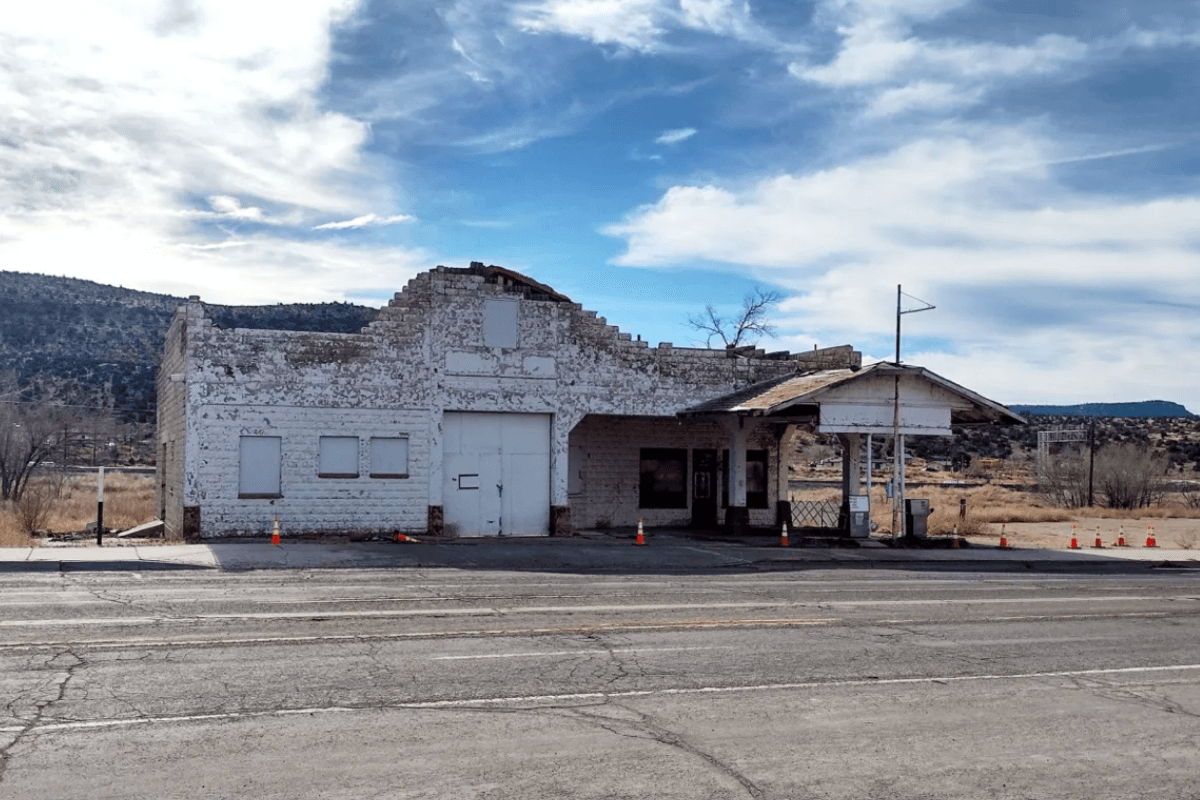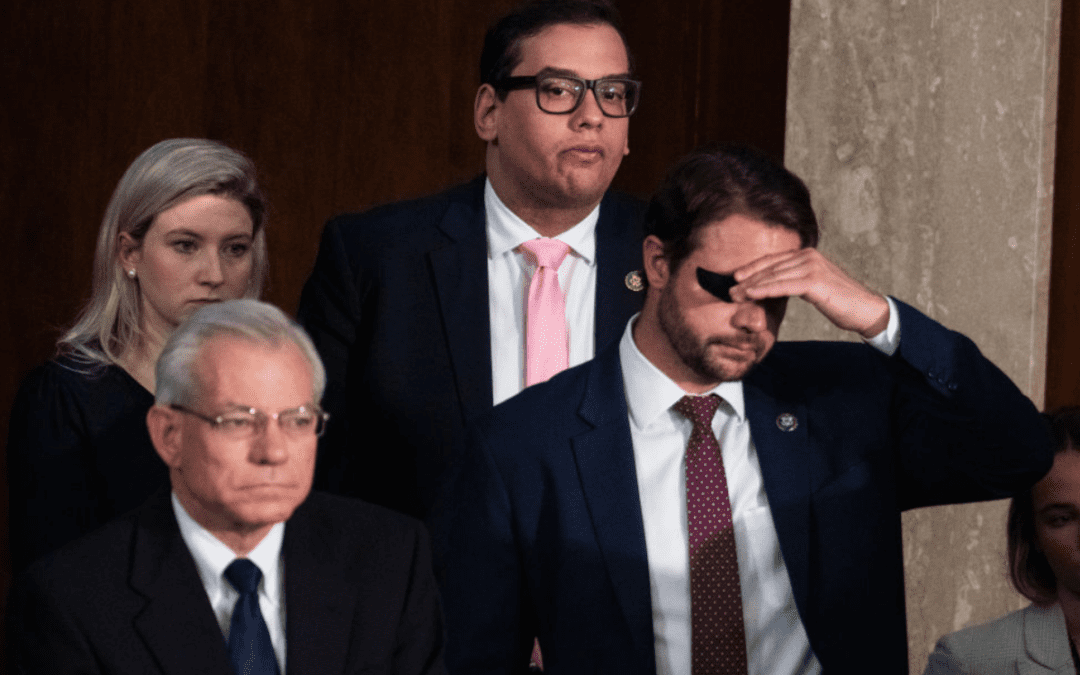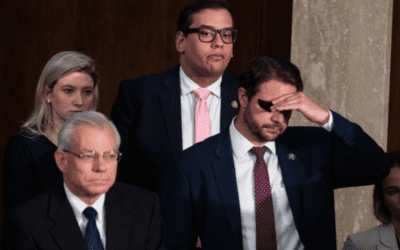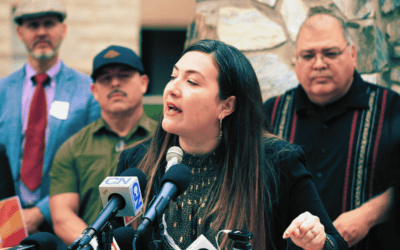
Osterman Gas Station, Peach Springs, Arizona. Traffic along Route 66 dwindled after the opening of Interstate 40 in 1979. (Photo by Richard Knott)
Four rural historic sites found their way onto the list of the 11 Most Endangered Historic Places released recently by The National Trust for Historic Preservation.
“I would say that rural sites were well represented,” said Katherine Malone-France, chief preservation officer at the National Trust for Historic Preservation. “We had four sites on the list, that are in rural areas spread across this country, from Arizona to Louisiana to Mississippi and Georgia. Each of these sites varies differently, but also tell really important parts of our shared American story.”
The rural sites include a gas station that has been a focal point for the Hualapai Tribal community for almost a century in Arizona. The other rural sites include West Bank of St. John the Baptist Parish in Louisiana and the home and studio of L.V. Hull, who filled her front yard with public art, in Kosciusko, Mississippi.
Malone-France wanted to pay particular attention to the Pierce Chapel African Cemetery in Midland, Georgia.
“The people who are buried there, many of them were enslaved on plantations in Harris County,” she told the Daily Yonder. “And it is their descendants who are fighting to save this incredibly sacred place. And a place that has been really desecrated by utility companies who’ve created roads and dumped fill in here and damaged the tombstones. And this is an opportunity for us, again, all of us to right those wrongs and to chart a new path forward.”

(Photo courtesy Marshall Media)
The 11 Most Endangered Places list has been around for 36 years, listing almost 400 sites, Malone-France said.
“And only a handful of those have been lost,” she added. “So it is an incredibly effective tool in galvanizing public support in bringing attention to not just these places, bringing national media attention not just to these places, and to what’s threatening them, but also to the people who are fighting so hard for them, who have been often for decades fighting for them, and to the solutions – the ways in which preservation can save these sites, and let them come back into service to their communities and to our whole country.”
One example of a rural site listed that found possible solutions is from last year’s list, she said. That site is Camp Naco, which is close to the border of Arizona and Mexico.
“It was a U.S. Army base, and the buildings on it are among the last remaining adobe buildings built by the United States Army,” Malone-France said. “But also this place was where the Buffalo Soldiers were headquartered, as they patrolled the border between the United States and Mexico.”
A group of dedicated people had been working to save the site and buildings, which had been abandoned and deteriorated due to storm damage.
The National Trust listed Camp Naco on its annual list in 2022, and within the year, the group has raised more than $8 million in grant money to restore the buildings, interpret them and tell their stories, she said.
“The purpose of the 11 Most Endangered List is really to shine that national spotlight on these places,” Malone-France said. “And the truth of it is the places are so incredible. And the people who are fighting for them are so incredible, that what happens is people hear about this, these places through the 11 most, and just as you said they connect with them.”
She said the four rural sites on this year’s list are supported by dedicated groups of people.
“There are a lot of, let’s call them small, but mighty preservation groups and coalitions fighting for places in rural America,” she added. “And they’re just as well equipped to accept and administer grant funds as anybody else.”
This article first appeared on The Daily Yonder and is republished here under a Creative Commons license.![]()

He said what? 10 things to know about RFK Jr.
The Kennedy family has long been considered “Democratic royalty.” But Robert F. Kennedy, Jr.—son of Robert F. Kennedy, who was assassinated while...

Here’s everything you need to know about this month’s Mercury retrograde
Does everything in your life feel a little more chaotic than usual? Or do you feel like misunderstandings are cropping up more frequently than they...

Arizona expects to be back at the center of election attacks. Its officials are going on offense
Republican Richer and Democrat Fontes are taking more aggressive steps than ever to rebuild trust with voters, knock down disinformation, and...

George Santos’ former treasurer running attack ads in Arizona with Dem-sounding PAC name
An unregistered, Republican-run political action committee from Texas with a deceptively Democratic name and ties to disgraced US Rep. George Santos...







